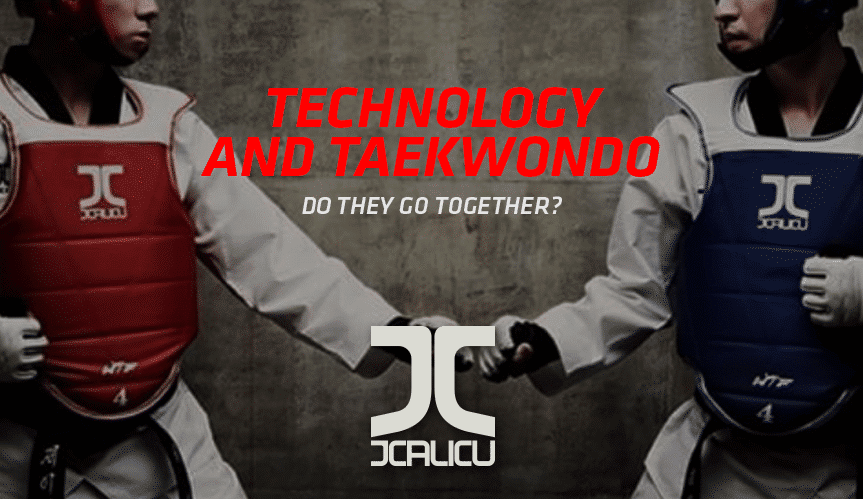It is no secret that when we think about martial arts like taekwondo the first thing that comes to mind are the ancient time where it comes from, the discipline and the effort involved in its practice. On the other hand when we think about technology, we think about modern times, communications and all the aspects involved in it. Nonetheless, when we think of them together, it seems inappropriate, out of place, even weird. But as incredible as it seems, they can co-exist.
The first thing we need to understand is that technology goes hand-in-hand with competition and, while the rest of the martial arts (ju-jitsu, capoeira, etc.) are excluded from Olympic competition (which means national, regional, and continental competition as well) taekwondo established itself as the martial arts style of the Olympic games, and in the Olympic games, one of the first pillars during competition is fairness and fairness means having clear and undisputed scores for each match and more so when medals are at stake.
OK, THEN… HOW?
The first combination of Taekwondo and technology came with the tools used for judges to be sure of who is getting points and the first tool that came along where video monitors that allowed the judges to have real-time replays so they could more accurately make a call and be an aid to judges and referees during matches.
Also, it is perfect for audiences that can see with more detail how a punch or a kick was performed.
But this is not all, first let’s analyze how points were scored not too far away. In London 2012, referees were responsible for calling out if a punch or a kick had made contact (a must for a point to be scored), this means, they had the enormous responsibility of seeing, in a fraction of a second, if a hand or foot touched and valid part of the other competitor’s body.
This was a very tough responsibility and that more than one time resulted in controversy among other discrepancies.
Rio 2016 saw a new evolution in point scoring as, once again, technology came to the aid of referees and judges. This time, alongside video screens and real-time replays, came electronic sensors in the body and head protectors worn by competitors.
This resulted in practically no chance for judges to miss a point in a match, A situation that in previous competitions resulted in controversy. One case worth mentioning took place back in Beijing 2008 when a Britain competitor was eliminated from the competition because a last-second blow was not taken into the score, the decision however was reversed as the monitor real-time replays showed that it was connected and the victory correctly awarded.
The inclusion of the new electronic body and head protectors allow for this to be just part of history as now competitors concentrate more on making sure a blow connects for the point to be scored than making it look pretty.
Also, it makes competitors feels less need to use excessive force in a punch or kick than before as the electronic sensors can “feel” the contact and award the point with ease and one has to remember that the objective in taekwondo competition is not to hurt your opponent but just to score a point with minimal contact to the body.
So now we can say that, at least in competitive taekwondo, technology and martial arts can combine effectively in what could be called and acknowledged as the communion of modern and ancient times.

